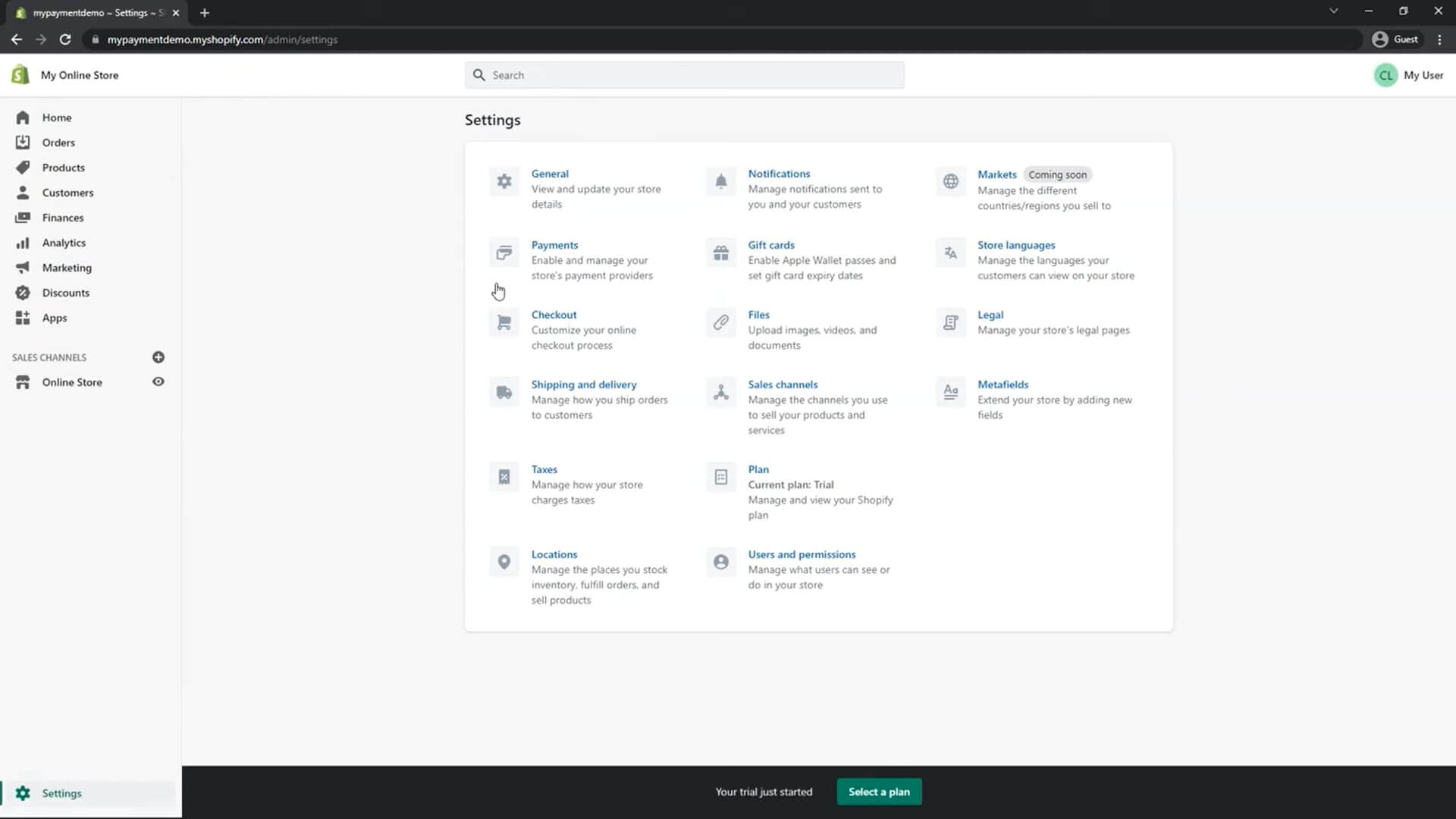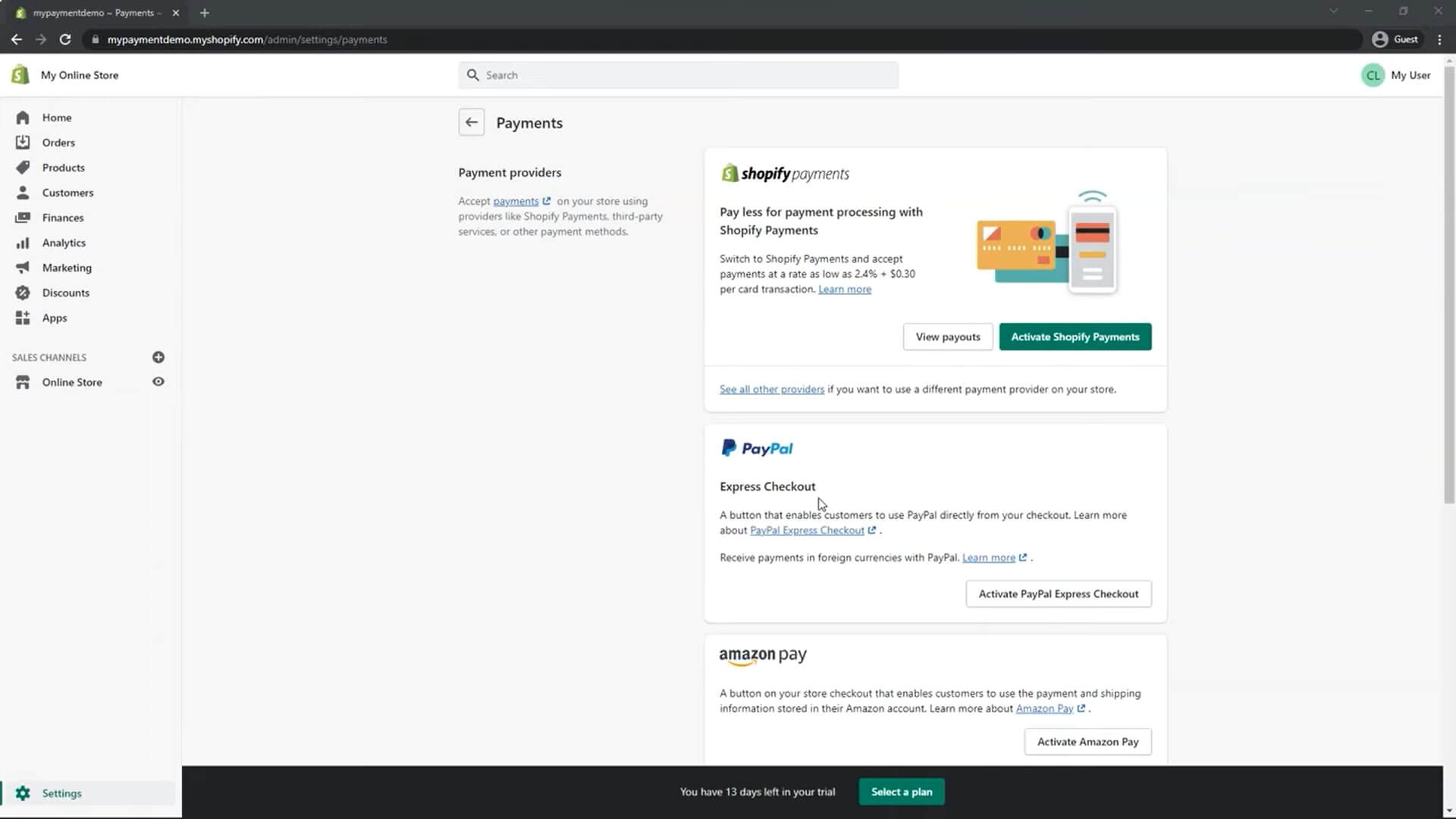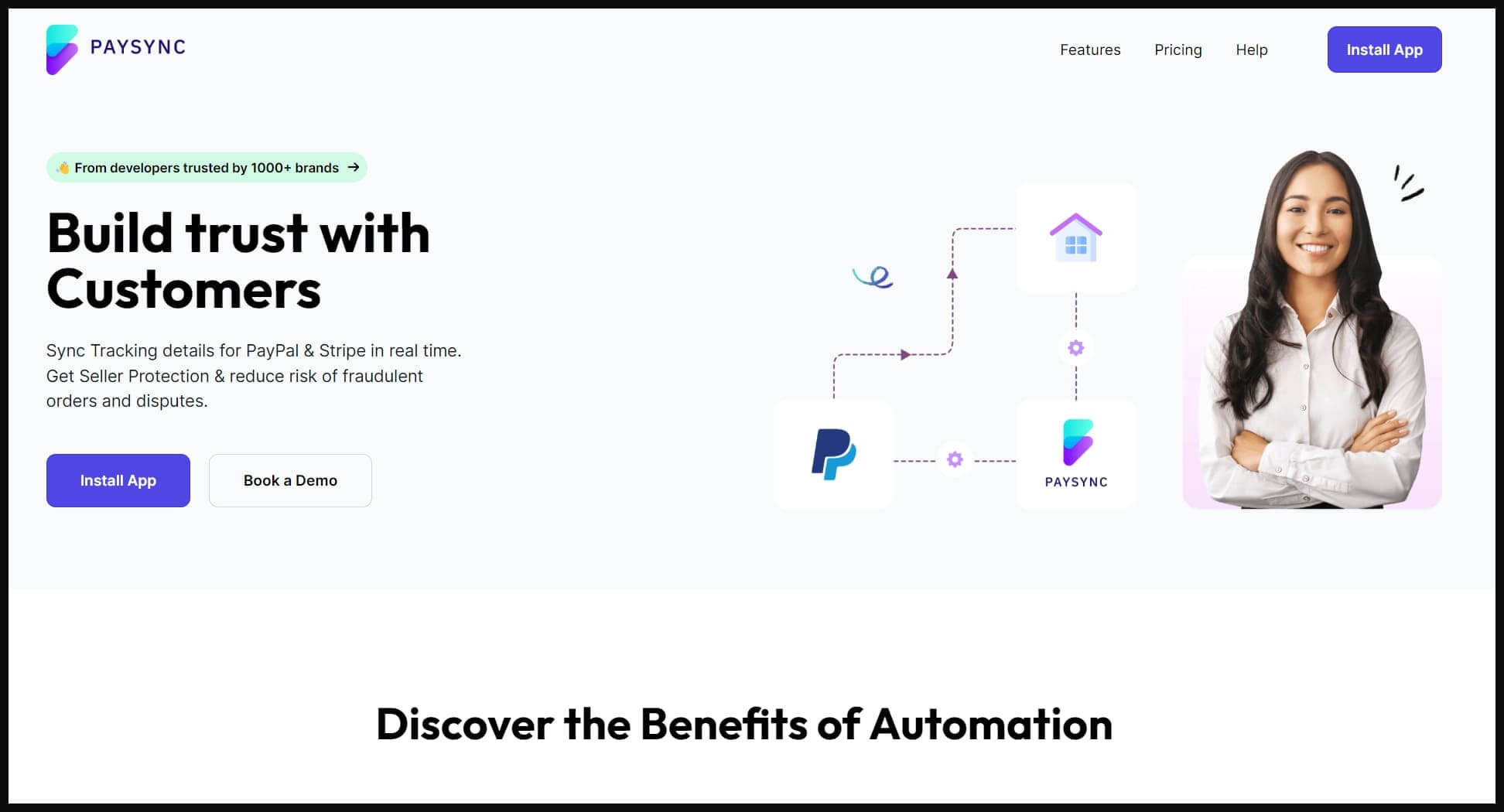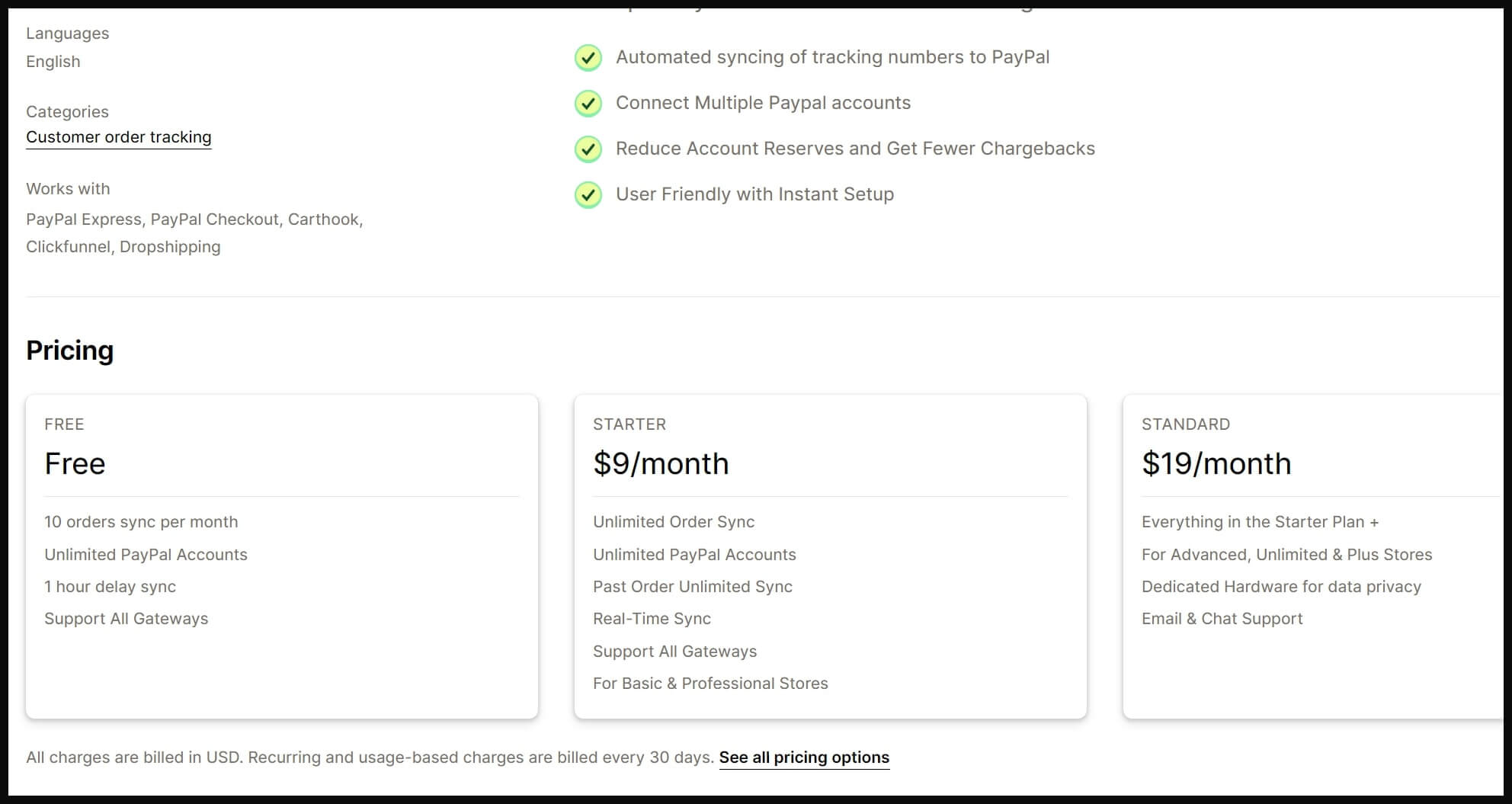05 Jan 2024
Maximize Your Sales: How Integrating PayPal with Shopify Boosts Business
Introduction
PayPal is a recognized platform that is used globally, it offers your business a broader customer base, and its user-friendly interface makes the experience simple for both merchants and customers. The question may arise “What's the need of integrating yet another payment option in the long list of payment options in your Shopify store?”
According to Baymard Institute, the average cart abandonment rate is 70.19% and more than half of them happen at the payment stage including a lack of payment options (accounts for 9% of abandoned carts) and transaction decline (accounts for 4%).
About 18% of consumers are reluctant to surrender their credit card details to e-commerce sites they don't trust, thus by integrating PayPal into your Shopify store, you're not just adding a payment option; you're enhancing your store's credibility and appeal.
Now many questions might come into your mind regarding setup, security, benefits, integration, and much more so first let's begin with the basics.
How to integrate PayPal with Shopify.
Integrating PayPal with your Shopify store and adding it as a payment option during the checkout process is simple.
- Log In to Your Shopify Account: Start by logging into your Shopify admin dashboard.
- Access Payment Providers: Go to 'Settings' at the bottom left of your admin dashboard and click on ‘Payments'.

- Activate PayPal: In the Payments section, you'll find a list of payment providers and look for PayPal If PayPal is not already activated, you should see an option to ‘Activate' or ‘Enable' PayPal Express Chekoutl. Click on this.

- Set Up PayPal Account: After you click to activate, you'll be prompted to log in to your existing PayPal account. If you don't have a PayPal account, you'll need to create one, you can refer to this article if you need help in setting up or recovering your PayPal Account. Ensure you set up a PayPal Business account, as this is required for integration with Shopify.
- Configure PayPal Settings: Once your PayPal account is linked, you can configure the settings. Choose how you want to capture payments (automatically or manually). Set your preferred currency if you're operating in multiple currencies. You can also refer to this video.
Does Shopify Pay Out to PayPal?
Shopify offers several ways of receiving payouts, including PayPal, Bank Account, and Wire Transfer. When a customer makes a purchase using PayPal, the funds are deposited into your PayPal account which you can then transfer to your linked bank account. Shopify and PayPal operate as two separate payment systems. Shopify does not handle the funds processed by PayPal, so funds from Shopify Payments go to your bank account, while funds from PayPal sales go to your PayPal account.
Timeline for receiving payments
When a customer completes a purchase using PayPal, the payment is immediately processed by PayPal into your PayPal account. You can then transfer the funds from your PayPal account to your linked bank account. The transfer can take a few days, depending on your bank and PayPal's processing times. In many cases, it takes 1-2 business days. If using Shopify Payments for other transactions, those funds are processed separately and are paid out to your bank account based on your selected payout schedule (daily, weekly, or monthly).
Benefits of using PayPal with Shopify.
- Increased Trust and Security: PayPal is one of the most trusted names in online payments. Integrating PayPal can enhance the perceived trustworthiness of your store, as customers feel more secure knowing their financial information is handled by a reputable service.
- Higher Conversion Rates: Checkout optimization is crucial for online sales. Baymard Institute's research indicates that around 70% of shopping carts are abandoned. However, offering a familiar and trusted payment method like PayPal can reduce cart abandonment. PayPal's One Touch feature, allows customers to check out without entering their payment details each time, which further streamlines the process and can improve conversion rates.
- Global Reach: PayPal supports payments in over 200 markets and 25 currencies, making it an ideal option for international sales. As of 2023, PayPal has over 429 million active accounts globally, providing a vast potential customer base for Shopify store owners.
- Mobile Optimization: With the increasing trend of mobile shopping, having a mobile-optimized payment solution is vital. PayPal's mobile-friendly checkout experience aligns well with the growing number of consumers shopping on their smartphones. Seller and Buyer Protection: PayPal offers comprehensive protection policies for both sellers and buyers, reducing the risk of fraud and chargebacks.
- Easy Integration and Reporting: PayPal's integration with Shopify is seamless, making it easy for store owners to set up and start accepting payments quickly. PayPal also offers robust reporting tools, helping merchants track and manage their sales and finances effectively.
How to remove or disable PayPal as a payment option from a Shopify store?
If you decide to stop using PayPal as a payment method on your Shopify store, the process is as simple as adding it
- Log Into Your Shopify Admin: Access your Shopify admin dashboard.
- Navigate to Payments: Go to 'Settings' and then click on 'Payments'.
- Deactivate PayPal: In the Payments section, locate PayPal under your payment providers. Click on the ‘Edit' or 'Manage' button next to PayPal.You should see an option to ‘Deactivate' or ‘Disable' PayPal as a payment method. Confirm the deactivation.
- Confirm Removal: Once you deactivate PayPal, confirm that it no longer appears as an option on your store's checkout page.
PaySync: Automating Tracking ID Sync
When running an online store on Shopify and using PayPal for payment processing, store owners might encounter a few common technical issues or glitches. One significant challenge is ensuring that tracking IDs for shipped orders are accurately and promptly updated in PayPal. This is crucial for maintaining PayPal's seller protection, avoiding disputes, and ensuring a smooth cash flow. To address this, there's a solution in the form of an app called PaySync.
What is PaySync?
PaySync is an application designed to automate the process of syncing tracking IDs from Shopify to PayPal. This real-time synchronization helps in releasing funds held by PayPal within 24 hours after order delivery, thus improving the cash flow of your business.

Key Features of PaySync:
- Automated Sync: PaySync can process past orders (up to 6 months old) in just one click. This automation eliminates human error and is particularly useful during high-volume sales periods.
- Powerful Dashboard: The app provides a user-friendly dashboard that allows merchants to monitor the status of their PayPal tracking sync and view key metrics and data points.
- Branded Tracking Page: Merchants can customize their tracking page with their logo and brand colors, enhancing customer trust and brand recognition.
- Security and Fraud Prevention: PaySync uses PayPal's secure API for syncing, ensuring the safety of your data. It also helps in fraud prevention by providing proof of delivery, thus reducing the risk of chargebacks and disputes.
Benefits for Shopify Store Owners:
- Avoid PayPal Holds: By providing PayPal with real-time tracking information, PaySync helps in avoiding payment holds, ensuring that your funds are released faster.
- Seller Protection: It enhances your merchant record with PayPal, reducing the risk of chargebacks, disputes, and fraud. Increased Credibility: The personalized tracking page boosts the credibility of your business, strengthening customer trust.
Pricing: PaySync offers a free plan to start with, which includes syncing up to 10 orders per month. Their plan is priced at $9 per month for unlimited order syncing.

By automating the syncing of tracking IDs, PaySync not only saves time but also enhances the overall efficiency and credibility of your e-commerce business.
Optimizing Your Payment Process for Increased Sales
Creating a smooth and efficient checkout process is key to enhancing the customer experience and boosting conversion rates. Here are a few tips on how to streamline the checkout process using PayPal on Shopify.
- Simplify Payment Options: While offering multiple payment options is beneficial, too many choices can overwhelm customers. Balance the need for variety with the simplicity of choice. Highlight PayPal as a trusted and efficient payment method.
- Provide Clear Instructions: Include concise and clear instructions or tooltips for using PayPal at checkout. Guiding customers through the process can reduce confusion and help streamline the transaction.
- Utilize PayPal's One Touch: Encourage customers to use PayPal's One Touch feature, which allows them to stay logged in and complete purchases faster without having to enter their credentials every time.
- Transparent Pricing and Fees: Ensure all costs, including shipping and taxes, are displayed before the final payment step. Unexpected costs at checkout are a common reason for cart abandonment.
- Reduce Required Information: Minimize the amount of information customers need to enter by taking advantage of the data PayPal already has. This can include shipping addresses and contact details, reducing the number of steps in the checkout process. Fast and Secure Transactions: Emphasize the speed and security of PayPal transactions in your checkout flow. Customers value quick and secure checkouts.
- Seamless Integration: Regularly update both your Shopify and PayPal accounts to ensure they are working seamlessly together. Any glitches or delays can deter customers.
- Customer Support: Provide easy access to customer support in case shoppers have questions or encounter issues during the checkout process. You can add a chatbot to your Shopify store and we happen to have a perfect suggestion for you, Bodt.io an AI chatbot powered by ChatGPT that knows your business and converses with your users.
- Follow-Up Communications: Send immediate order confirmation emails and provide clear information about shipping and delivery. Good communication post-purchase reinforces a positive shopping experience.
- Gather Feedback: Regularly seek feedback from your customers about their checkout experience. Use this information to make continual improvements.
FAQs
How Do Refunds Work with Shopify and PayPal?
Refunds for transactions made through PayPal must be processed directly through your PayPal account. You can do it by logging into your PayPal account, then finding the transaction, and selecting the option to issue a refund. PayPal allows you to issue either full or partial refunds, depending on the situation and once the refund is issued, it usually takes a few days for the money to be returned to the customer's account. PayPal typically returns the variable transaction fee (percentage) but retains the fixed portion of the fee.
Are There Any Additional Fees for Using PayPal on Shopify?
Transaction Fees: PayPal charges a fee for each transaction, which includes a fixed fee plus a percentage of the transaction amount. These fees can vary depending on your country and the type of PayPal account you have. PayPal typically returns the variable transaction fee (percentage) but retains the fixed portion of the fee.
Cross-Border and Currency Conversion Fees: Additional fees apply for international transactions or when converting currency.
Shopify Fees: If you're not using Shopify Payments and opt for PayPal, Shopify charges an additional transaction fee. The rate depends on your specific Shopify plan.
How to Ensure Secure Transactions with PayPal on Shopify?
- Use PayPal's Security Features: Leverage PayPal's fraud protection tools and security measures. Regularly review and enable any new security features offered by PayPal.
- Stay PCI Compliant: Ensure your online store follows PCI (Payment Card Industry) standards. Shopify as a platform is PCI compliant, but you should also follow best practices for handling customer data.
- Regularly Update Software: Keep your Shopify store and any associated apps or plugins up to date to protect against vulnerabilities.
- Educate Your Customers: Provide information on your website about secure transactions, and encourage customers to use secure passwords and be cautious about phishing scams.
- Monitor Transactions: Regularly review transactions for any suspicious activity. PayPal offers various tools for monitoring and reporting unusual activity.
- Use Strong Authentication: Implement strong authentication measures for accessing your Shopify and PayPal accounts. Ensure your Shopify store has an active SSL certificate, which encrypts data transmitted between your store and your customers.
Conclusion
With the average cart abandonment rate at 70.19%, and a significant portion occurring at the payment stage, adding PayPal can address common barriers such as a lack of trusted payment options and transaction declines. PayPal's integration into Shopify is more than just a technical setup; it's an enhancement of your store's credibility and functionality, a testament to your commitment to providing the best shopping experience. As you look out for your customer's needs we at PaySync try to provide solutions that resonate with your needs.

